Xiangyanghong 01 Wrapped Up the Research Mission in Antarctica
On 13 February 2018 local time, Xiangyanghong 01 docked at Punta Arenas Port of Chile, wrapping up its mission in the 34th Antarctic Expedition and the Antarctic segment of China’s First Around-the-world Integrated Marine Investigation. This 5,850-seamile voyage is the fourth expedition of Xiangyanghong 01 in the Around-the-world mission since its departure on 28 August 2017.
Xiangyanghong 01 mainly targets the Atlantic Sector in the Antarctica, covering 6 scientific research areas of physical oceanography and meteorology, marine geology, marine geophysics, seafloor topography and mapping, marine chemistry and bio-ecology, and hot issues of marine environment.
The 46-day Antarctic expedition challenges Xiangyanghong 01 in extreme weather, strange environment, floating ice and limited equipment, while the vessel finished every task with high quality/efficiency and made rich outputs, exceeding 50% of target missions and creating several “firsts” of China. They are:
1. Expand the expedition longitude from 45°E to 37°E, enlarging 400 km from east to west and covering almost all the crucial water exchange channels between Weddell Sea and Antarctic Ocean.
2. Finish integrated observation in two stations during crossing the Drake Passage, which is the key area of Antarctic Ocean westerly zone.
3. Set 2 deep-sea submerged buoys in Antarctic Powell Sea to observe the flow velocity, temperature and salinity at different depths of the ocean, just like a “Dynamic Electrocardiogram”.
4. Finish 8,880-km topographic survey of Antarctic westerly zone seafloor and the mapping for 6 key seafloor areas (around 15,000 km2). Identify the area, which is suitable to make multi-beam survey, for future surveying and mapping by unmanned ship and AUV. Besides, the high-resolution surveying and sampling of the South Orkney surrounding sea areas will help China locate a new shelter in the following expeditions.
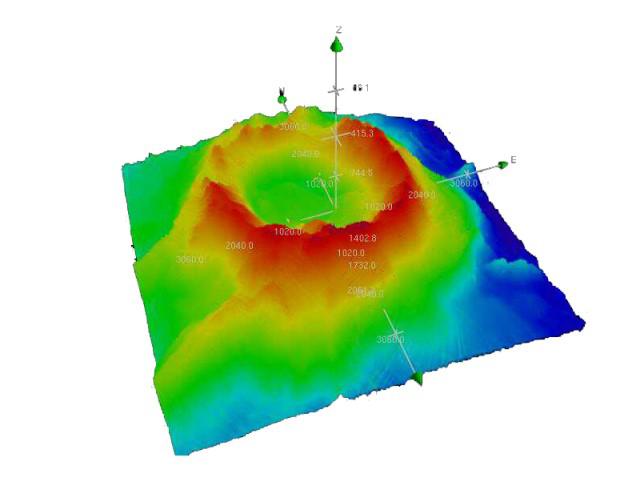
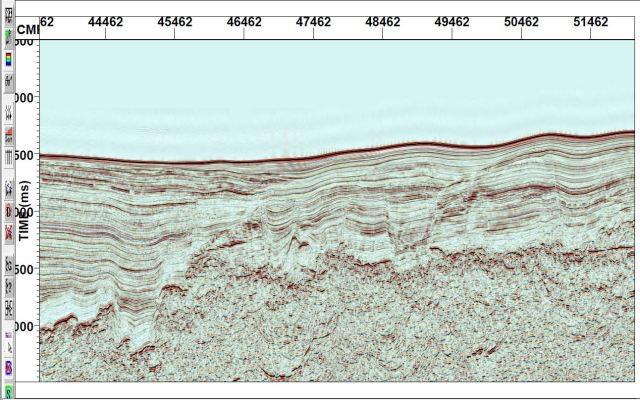
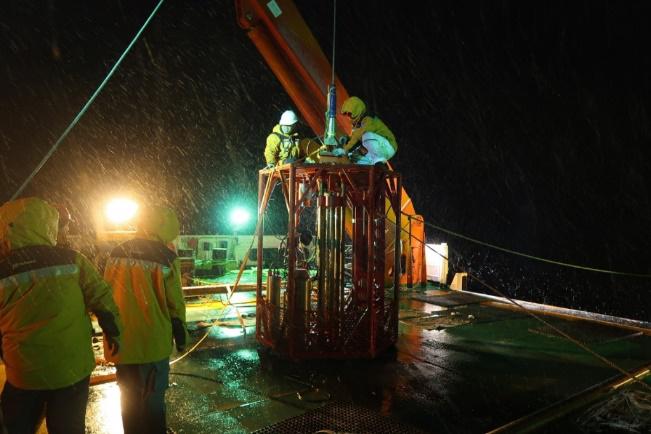
(Assembling of acoustic in-situ measuring system)
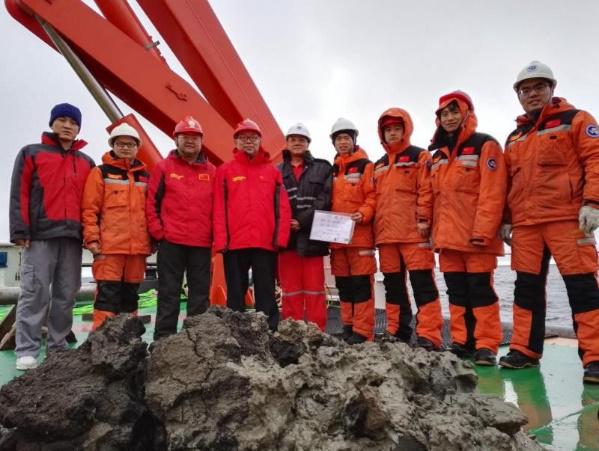
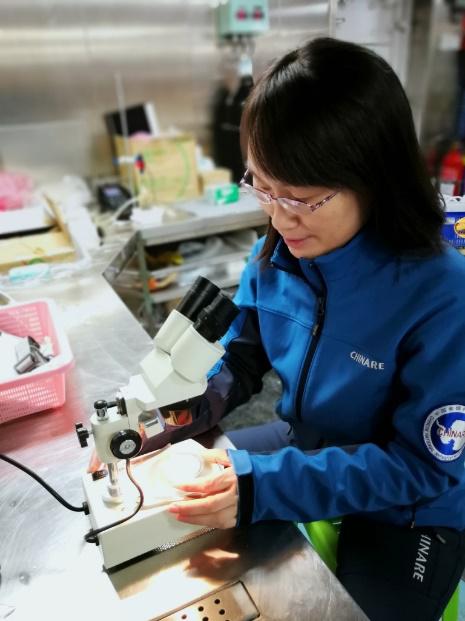

(3D stereogram of seamounts)
5. Make 480-channel high-resolution seismic detection by using 9,00-1,200 in3 air-gun sources and 6,25m-interval solid cable and receive a 1,000 km seismic profile, showing clearly the real status under the seafloor for 2-3 km, just like a “CT” scan.

(High-resolution multichannel seismic profile)
6. Make seafloor heat flow measurement (submarine hydrothermal solution and cold spring) for the Antarctic sea areas from 132 levels in 6 stations, with depth range of 200-4,000 m and temperature of -1.5℃~1.0℃, just like a “Temperature measurement”.
7. Receive seafloor sediment acoustic data from 3 stations of different benthic environment by using China self-developed seafloor sedimentation acoustic in-situ measuring system.

(Assembling of acoustic in-situ measuring system)
8. Complete 4,600-km measuring line of marine gravity and magnetism. Successfully set and retrieve the system for measuring diurnal variation of geomagnetic field on the seafloor. Realize gravity-magnetic multi-parameter joint inversion.
9. Collect seafloor sediments from different shallow seismic profiles. Make box sampling in 15 stations and columnar sampling in 8 stations, receiving direct outcomes and typical samples to prove the existence of natural gas hydrate and hydrothermal activities.

(Scientists with seafloor rocks and sediment samples)
10. Investigate the periglacial and island-margin ecological characteristics by sampling benthos from 50-4,400 depth of sea water.
11. Make systematic observation of marine giant mammals such as the cetacean for 41 times.
12. Find micro plastics in Antarctica by diverse investigation measures, demonstrating that pollution from human activities has spread everywhere in the world.

(Scientists find micro plastics in Antarctica.)
This mission gives Xiangyanghong 01 a precious opportunity to make an “examination” for the Atlantic sector of Antarctica from past to present, atmosphere to sea water and even the crust under seafloor, and island shelves to deep-sea basins. After this mission, Xiangyanghong 01 will make replenishment and crew exchange at Punta Arenas Port and prepare for the 5th and 6th segment voyage in the South Pacific Ocean.


